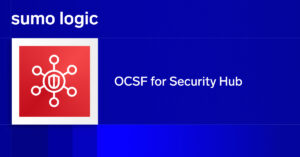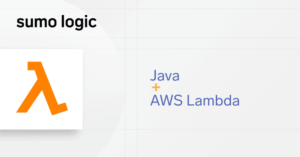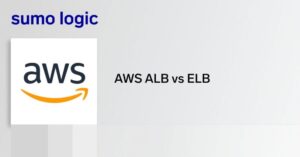Microservices, Docker and k8s everywhere
The best practices for modern application architecture have evolved greatly over the past several years. The world has moved away from monolithic architectures and toward container-based microservices that allow for greater development flexibility, more efficient testing and deployment, and easier distribution of development tasks. Docker and containers have grown in prominence, so has k8s as the de-facto standard for container orchestration.
Here at Sumo Logic, we’ve seen striking growth in k8s adoption among our customer base, particularly over the last year. And k8s, along with EC2 Container Service (ECS), is increasingly the prevalent option for Docker management in AWS.
Sumo Logic Support for Kubernetes
Sumo provides native support for ECS as part of the extensive support for AWS services. And today, we’re pleased to announce the release of native, unified logs and metrics support for Kubernetes. While container and orchestration technologies increase flexibility and agility, they also increase complexity. With this new k8s support, Sumo Logic provides you comprehensive visibility and analytics into k8s environments. Add in Sumo’s machine data analytics for infrastructure like Docker, cloud platforms like AWS, Azure, and GCP, as well as applications like NGINX, Apache, and MySQL, and what you get is full visibility across the application stack.
How does the k8s integration help you? Let me show you the three use cases that Sumo solves with k8s support:
Use Case 1: Consolidated machine data analytics for the full application stack.
Your applications are complex and have layers upon layers – apps, containers, orchestration technologies like k8s. Sumo Logic supports it all with complete visibility into all elements of the application stack. And you don’t need point tools for metrics and log analytics. Sumo Logic provides a comprehensive solution for the full application stack – from the apps to the infrastructure.
Use Case 2: Quickly identify issues with your k8s-based microservices
If you manage a microservices based application, you need to quickly, and reliably identify and resolve issues. To aid this process, Sumo Logic is announcing a new real-time machine data explorer view that enables customers to quickly and in-context identify problems with k8s and docker instances. The new initiative visualization provides a “birds-eye” view of the health of all k8s and infrastructure components, enabling customers to instantly identify and drill into non-performant elements. Reduce your MTTI (time to problem identification) to quickly get going with customer facing issues.
Use Case 3: Correlate logs and metrics to troubleshoot issues quickly
Now that you have identified the unhealthy component, you will want to dig in and analyze the data. With Sumo Logic, you’ll be able to troubleshoot issues rapidly by unifying and correlating performance issues (metrics) with the root cause (logs) – giving you the ability to figure out exactly what’s happening from one unified interface. No more fidgeting around multiple interfaces with different ways of representing data – visualize and analyze instantly to reduce MTTR.



